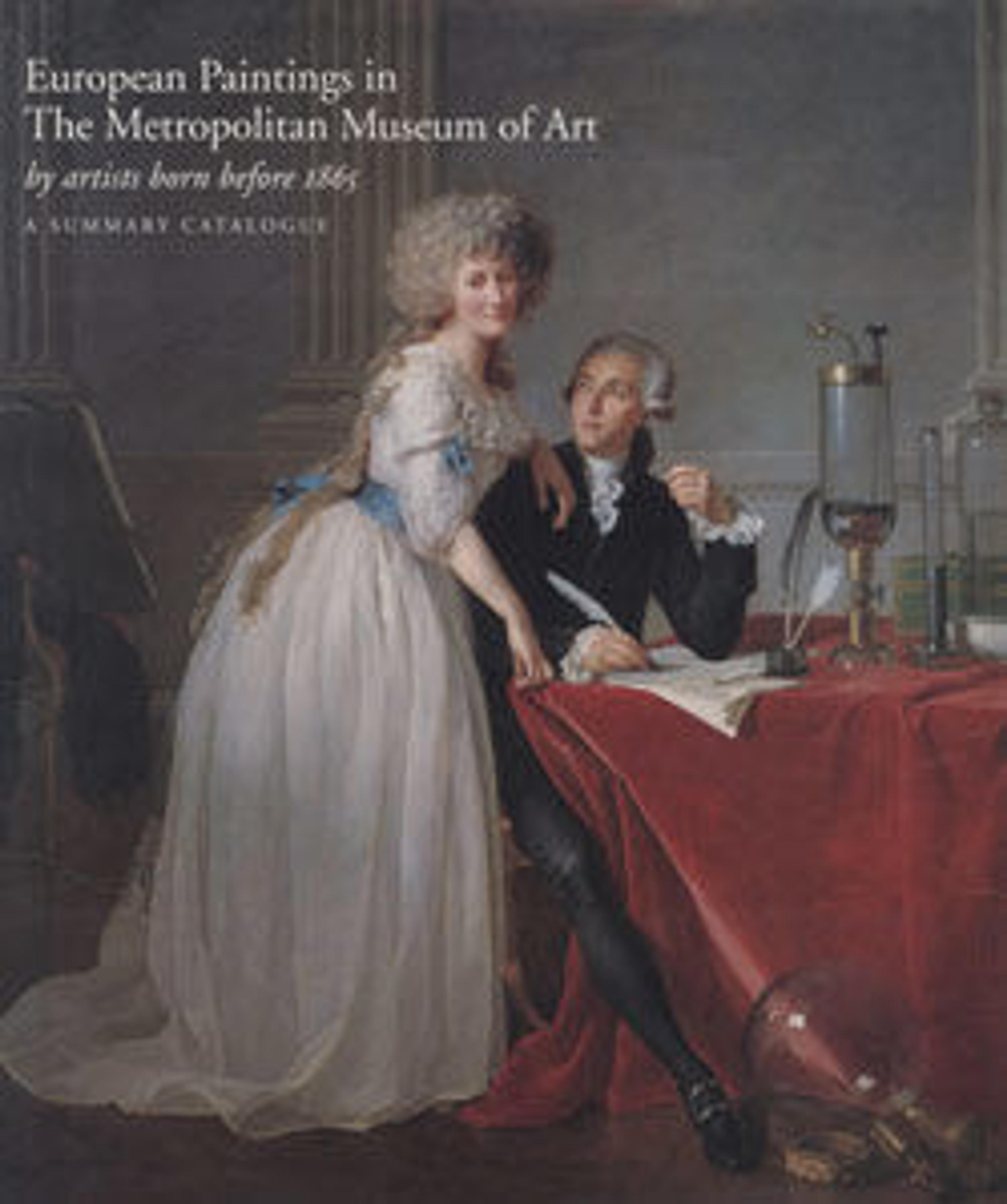Landscape with a Plowed Field and a Village
As a restorer at the Louvre, Michel became familiar with Dutch seventeenth-century landscapes by Van Ruisdael, Van Goyen, and Rembrandt. Though Michel’s works are rarely dated, making it difficult to understand the development of his own landscape style, works like this one provided a link to the northern tradition well before those by the Englishman John Constable caused a sensation in Paris in 1824.
This imaginary view was painted on paper mounted on canvas, an inexpensive means of starting with a smooth surface in emulation of more expensive wood panel, the favored support of Dutch old masters.
This imaginary view was painted on paper mounted on canvas, an inexpensive means of starting with a smooth surface in emulation of more expensive wood panel, the favored support of Dutch old masters.
Artwork Details
- Title:Landscape with a Plowed Field and a Village
- Artist:Georges Michel (French, Paris 1763–1843 Paris)
- Date:probably after 1827
- Medium:Oil on canvas
- Dimensions:20 1/8 x 27 5/8 in. (51.1 x 70.2 cm)
- Classification:Paintings
- Credit Line:Gift of Paul Durand-Ruel, 1880
- Object Number:80.2
- Curatorial Department: European Paintings
More Artwork
Research Resources
The Met provides unparalleled resources for research and welcomes an international community of students and scholars. The Met's Open Access API is where creators and researchers can connect to the The Met collection. Open Access data and public domain images are available for unrestricted commercial and noncommercial use without permission or fee.
To request images under copyright and other restrictions, please use this Image Request form.
Feedback
We continue to research and examine historical and cultural context for objects in The Met collection. If you have comments or questions about this object record, please contact us using the form below. The Museum looks forward to receiving your comments.
